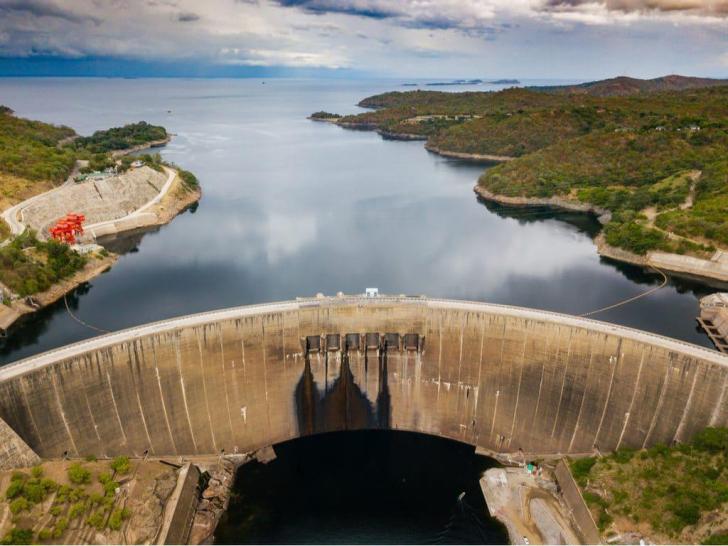News / National
Zimbabwe has lost over 800MW at Kariba
24 Jun 2024 at 06:06hrs |
0 Views

Energy and Power Development minister Edgar Moyo addressed Parliament regarding the current power supply crisis in Zimbabwe, attributing it to hydrological challenges at the Kariba South Hydroelectric Power Station. He disclosed that these challenges had led to a loss of 800 megawatts in power generation capacity.
Lake Kariba, crucial for hydropower generation, had seen its water levels drop significantly, with the lake's current level reported at 477.31 meters compared to 479.92 meters the previous year. The usable live storage for power generation had also decreased from 31.23% in 2023 to 12.54%, translating to a reduction in usable live storage volume from 20.23 billion cubic meters to 8.12 billion cubic meters.
As a result of these hydrological issues, Zimbabwe has been enduring severe rolling power outages lasting over 12 hours on some days. Minister Moyo explained that despite the capacity of Kariba being 1,050 megawatts, only around 214 megawatts could be generated on average due to water rationing necessitated by low inflows into the lake.
To mitigate the power deficit, the government has taken steps including the commissioning of Hwange Thermal Plant Units 7 and 8, which produce 600 megawatts daily. Units 1 to 6 of the same plant contribute an additional 300 megawatts, although some units require ongoing repairs to enhance reliability and efficiency.
Moreover, the government has licensed over 100 small Independent Power Producer (IPP) projects in recent years, with a combined capacity of 1,300 megawatts. However, many of these IPPs are yet to become operational.
In response to the crisis, some business entities have been compelled to reduce operations, and there have been reports of temporary staff layoffs due to the acute power cuts affecting the country.
Lake Kariba, crucial for hydropower generation, had seen its water levels drop significantly, with the lake's current level reported at 477.31 meters compared to 479.92 meters the previous year. The usable live storage for power generation had also decreased from 31.23% in 2023 to 12.54%, translating to a reduction in usable live storage volume from 20.23 billion cubic meters to 8.12 billion cubic meters.
As a result of these hydrological issues, Zimbabwe has been enduring severe rolling power outages lasting over 12 hours on some days. Minister Moyo explained that despite the capacity of Kariba being 1,050 megawatts, only around 214 megawatts could be generated on average due to water rationing necessitated by low inflows into the lake.
Moreover, the government has licensed over 100 small Independent Power Producer (IPP) projects in recent years, with a combined capacity of 1,300 megawatts. However, many of these IPPs are yet to become operational.
In response to the crisis, some business entities have been compelled to reduce operations, and there have been reports of temporary staff layoffs due to the acute power cuts affecting the country.
Source - newsday
Join the discussion
Loading comments…












